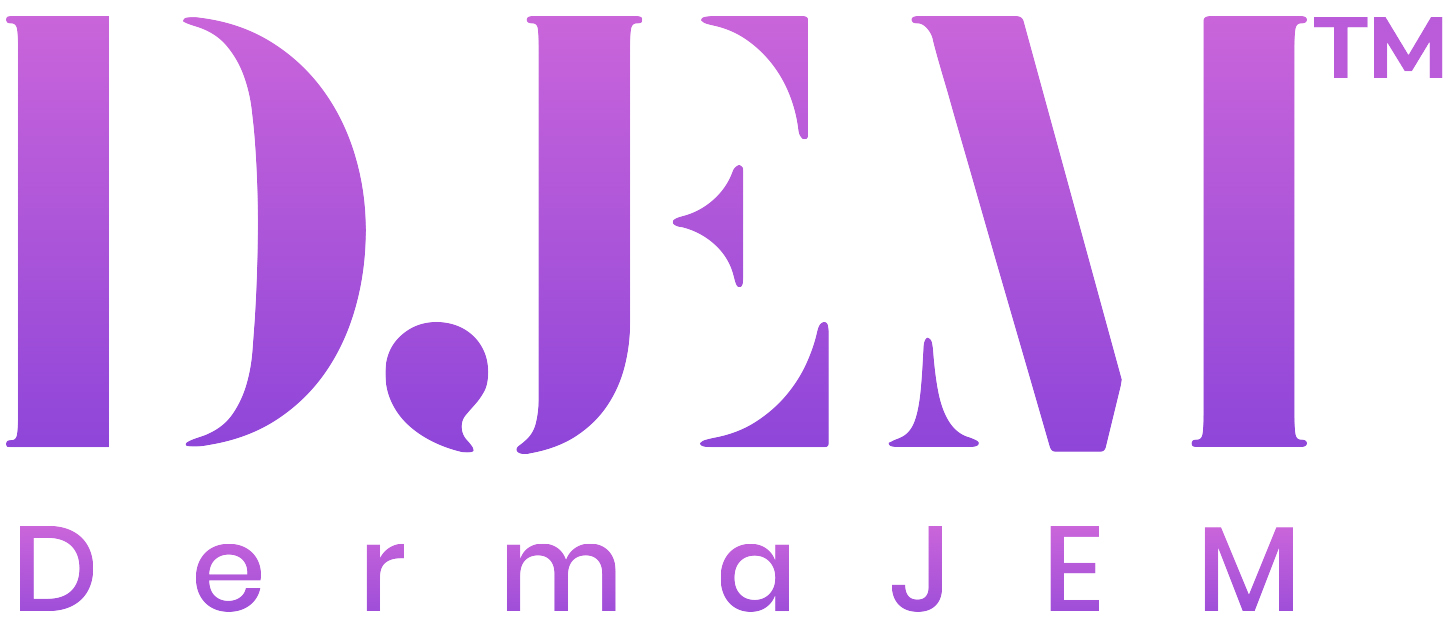The unexpected COVID-19 pandemic has not only affected the livelihood of the general population, but also the sustenance of big and small businesses. Going from the hustle and bustle of treating patients all day long to closed doors and complete isolation can certainly take a toll. Although this is not breaking news, it is very important to adjust for success during these uncertain times while keeping in mind the health and safety of your patients and staff. There is solace to take from knowing your business is operating at the highest level of care and safety. We are living in a new normal; it is nothing to be afraid of- just a little different. Below are methods that can be introduced to your business to properly operate under CDC, OSHA, and your individual state and local government requirements.
- Establishing protocols for patients to read in advance: A lot of practices have decided to post their in-office protocols on their website or attach a copy to their confirmation email. In any event, it is important that the patient is notified of your office’s new safety protocols so they know what to expect for their appointment; and could be turned away if they refuse to follow guidelines. Every patient should fill out a COVID-19 consent form either virtually or at the door before they are taken back. This will include a screening for any exposure and/or symptoms a patient may have experienced. If a patient’s answer to a particular question raises a red flag, have them elaborate to ensure they can safely enter your facility. The patient should be asked to hand sanitize and their temperature should be taken when they arrive. Any patient with a temperature above 100.4° must be asked to reschedule their appointment.

- Increased sanitization should be implemented: This may seem like a no-brainer for a medical environment, however, the cleanliness of treatment rooms in between patients is crucial. The chair or bed must be completely wiped down after each patient using EPA- approved disinfectants and layered with disposable table paper. Pens should be sanitized for patients to use when signing consents or receipts, and credit cards should be wiped down before being handed back to the patient. Bathrooms, door handles, handheld mirrors, and retail products must also be considered when sanitizing between patients.
- No waiting rooms: Typically, Med Spas or dermatology practices are filled with patients eagerly waiting for their appointment time. Suspension of these waiting rooms or retail type areas is very important to limit the number of patients inside the office. Only one patient should be allowed into the office at a time to be checked in by their provider. This is also helpful for social distancing protocols, ensuring there will not be contact between patients.
- Patients must call upon arrival for their appointment: Asking patients to call the office when they have arrived for their appointment will assist in the organization of patient flow and check-in processes. Since there will be no formal waiting room, patients should be told to wait in their car or outside of the building until their provider is ready to take them back. Reassure the patient that this is for their own safety and the safety of the staff. Additionally, more time is needed to effectively sanitize between patients, so asking them to wait before coming in will make certain all guidelines are followed without interruption.
- Patients must arrive at their appointment alone: Reiterating the importance of social distancing, it is very helpful for patients to arrive alone for their appointment; with the exception of a parent or guardian of a minor receiving treatment. Friends, siblings, and significant others should not be permitted to enter the building unless they also have an appointment. If so, the patients should be separated in order to minimize the number of people in the treatment room. The provider should escort the patient directly to the room, avoiding congregating at the front door.

- Face coverings must be worn by both staff and patients: Upon booking, remind the patient to wear a face covering (mask or fabric, covering the nose and mouth) to their appointment. All patients and staff must wear a face covering for the duration of their time in the office. This is not only to protect yourself, but others as well. This is a practice that should be firmly observed, and any patient that is uncooperative should be asked to reschedule their appointment. Again, this is about the safety and respect of others- any patient who is not willing to comply should not be allowed inside.
- Ask patients to provide an updated credit card on file for touchless payment: Touchless payment is a great practice to apply in order to avoid unnecessary contact with cash and credit cards. Patients should update their method of payment on file so the provider can settle their bill in the room. It is best that products and other retail items are pulled for the patient while they are still in the treatment room to prevent gathering in any common areas.

- Only offer treatments your providers are comfortable performing: Procedures performed should be determined by your facility’s circumstances and the comfortability of the providers. Patients will likely call to ask about more ablative procedures, so it is helpful to be prepared with a thorough list of treatments that can and cannot be performed during this time.
The unknown of this pandemic has unquestionably left patients feeling uneasy about continuing their aesthetic treatments. Anything that can be done to ease the feelings of anxiety will be beneficial in the long run. Consistency is key when implementing new protocols, especially when the safety of patients and staff are at risk. It is critical to remain unambiguous and transparent about safety regulations; it is the best way to retain the loyalty of existing patients and gain the business of new ones.


